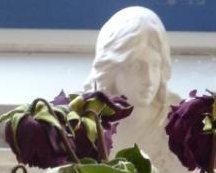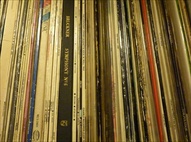Last update October 9th, 2017
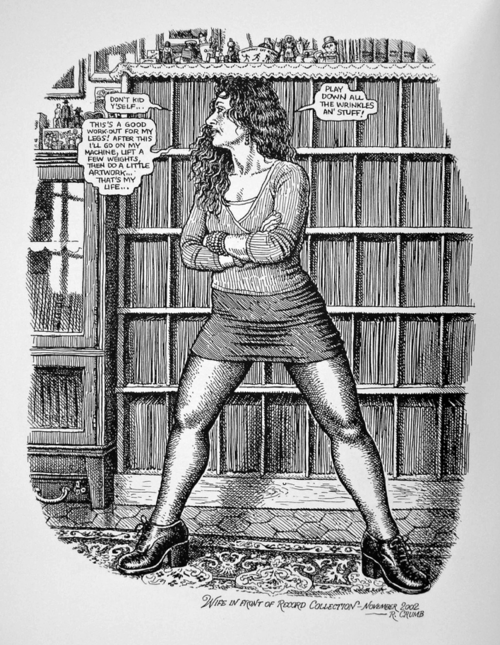
LANIN, SAM (1891-1977) / AMSTRONG, LOUIS 1901-1971)
My Angel (Mein Engel) / West End Blues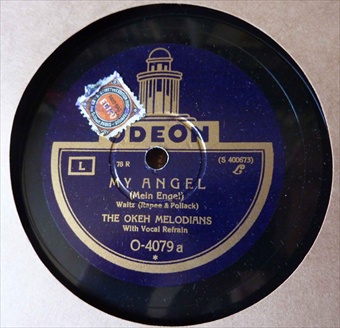
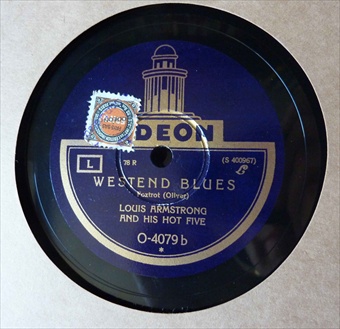
My Angel (Mein Engel). Waltz. Music by Ernö Rapeé (1891-1945). Words by Lew Pollack (1895-1946). Odéon Records. O-4079a (S 400673). Chicago, May 16th, 1928. The Okeh Melodians (Sam Lanin and his orchestra). Speed 78 rpm. 10 inch / 25 cm.
West End Blues
West End Blues. Foxtrot. Music by Joe "King" Oliver (1885-1935). Words by Clarence Williams (1893-1965). Odéon Records. O-4079b (S 400967). June 28th, 1928. Louis Amstrong and his Hot Five. Louis Armstrong (tp vcl) - Fred Robinson (tb) - Jimmy Strong (cl ts) - Earl Hines (p) - Mancy Cara (bj) - Arthur Zutty Singleton (d). Speed 78 rpm. 10 inch / 25 cm. In 1929, Louis Armstrong would return to New York and would work from that point on with a full orchestra. First, though, he would spend 1928 making several more classic small-group recordings in Chicago, including some that would rank among the best of his career, like the immortal "West End Blues". Armstrong reassembled his "Hot Five" band in June 1928, but with entirely new personnel. Despite such changes, the group was able to continue making some incredible music, including this recording of the Joe "King" Oliver composition "West End Blues" (named for a section of New Orleans). In fact, this would prove to be the single most beautiful record Armstrong would ever make: every note is simply perfect. The record starts with a dramatic call-to-arms from Armstrong's cornet, which effortlessly glides into an easy-going twelve-bar blues. Fred Robinson's trombone takes the first solo atop some atypical, clinking percussion from Zutty Singleton (whose presence actually made this group a "Hot Six"). Jimmy Strong's clarinet then trades off in a duet with Louis Armstrong's very relaxed and peaceful scat singing. Earl Hines, one of the all-time great jazz pianists, then takes a turn with a very inventive solo that manages to be technically impressive while maintaining the easy-going flow of the song. Next comes Louis Armstrong with one of the most famous solos in jazz history. Listen to how he sustains the opening note: even though the pitch stays constant, he brings that single note to life with vibrato and changes in volume, until the pent up energy finally comes tumbling out in the end in an impressive cascade of notes. Like Hines' solo earlier, Armstrong manages to sound fresh and innovative without losing the song's easy-swinging spirit. It is a sublime moment, over far too soon, that both sums up everything he has done to that point and shrewdly predicts the possibilities jazz has left to explore. A final strike of the woodblock from Zutty Singleton puts an exclamation point on this record, the pinnacle of 1920s jazz.
Vinylnumber: 17520 / 17521
€ 37,00Buy Now!





